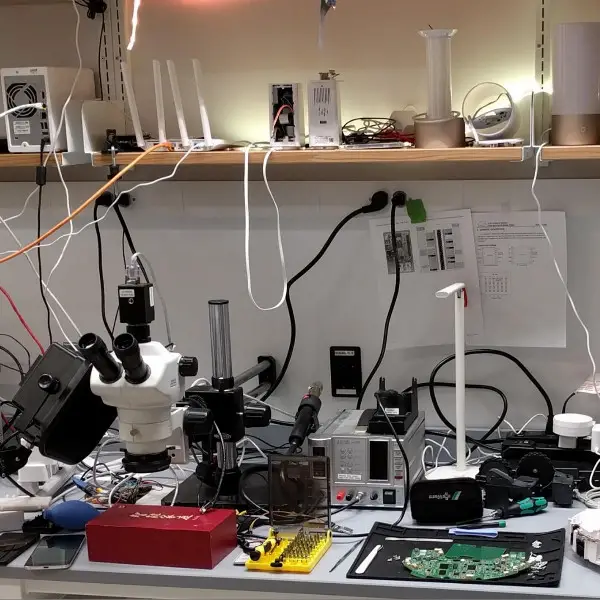Reverse Engineering for IoT Systems

Reverse engineering involves disassembling a system or device to analyze its structure, function, and underlying mechanisms. In the context of IoT systems, reverse engineering plays a crucial role in understanding the intricate interplay of hardware, software, and communication protocols that constitute these complex systems.

Why is Reverse Engineering Important for IoT Systems?

- Understanding System Design: Reverse engineering provides insights into the architectural choices, component selection, and design patterns used in IoT systems. This knowledge enables developers to identify potential vulnerabilities, optimize system performance, and improve reliability.
- Compatibility and Interoperability: By examining the communication protocols and data formats employed by IoT devices, reverse engineering helps ensure compatibility and interoperability with other systems.
- Security Analysis: Reverse engineering can uncover security vulnerabilities, such as weak passwords, insecure communication channels, or malicious functionality. This information is invaluable for implementing robust security measures and protecting IoT systems from threats.
- Functional Analysis: Reverse engineering allows developers to trace the execution flow, identify dependencies, and analyze the functionality of IoT devices. This facilitates troubleshooting, debugging, and enhancing system performance.
Steps Involved in Reverse Engineering IoT Systems
The reverse engineering process for IoT systems typically involves several steps:
- Hardware Dissection: Dismantling the physical device to analyze its components, circuitry, and underlying hardware architecture.
- Firmware Extraction: Extracting the firmware from the device’s microcontroller or embedded system to analyze its code and functionality.
- Software Analysis: Studying the codebase, identifying software libraries, understanding communication protocols, and analyzing data structures.
- Protocol Analysis: Capturing and analyzing the network traffic generated by the device to understand the communication patterns and data exchange mechanisms.
Tools and Techniques
Common tools and techniques used in IoT reverse engineering include:
- Debuggers and disassemblers
- Network protocol analyzers
- Logic analyzers
- Firmware extraction tools
- Security auditing tools
Benefits of Reverse Engineering IoT Systems
By successfully reverse engineering IoT systems, organizations can reap numerous benefits, such as:
- Improved system understanding
- Enhanced security
- Increased compatibility
- Optimized performance
- Reduced development costs
